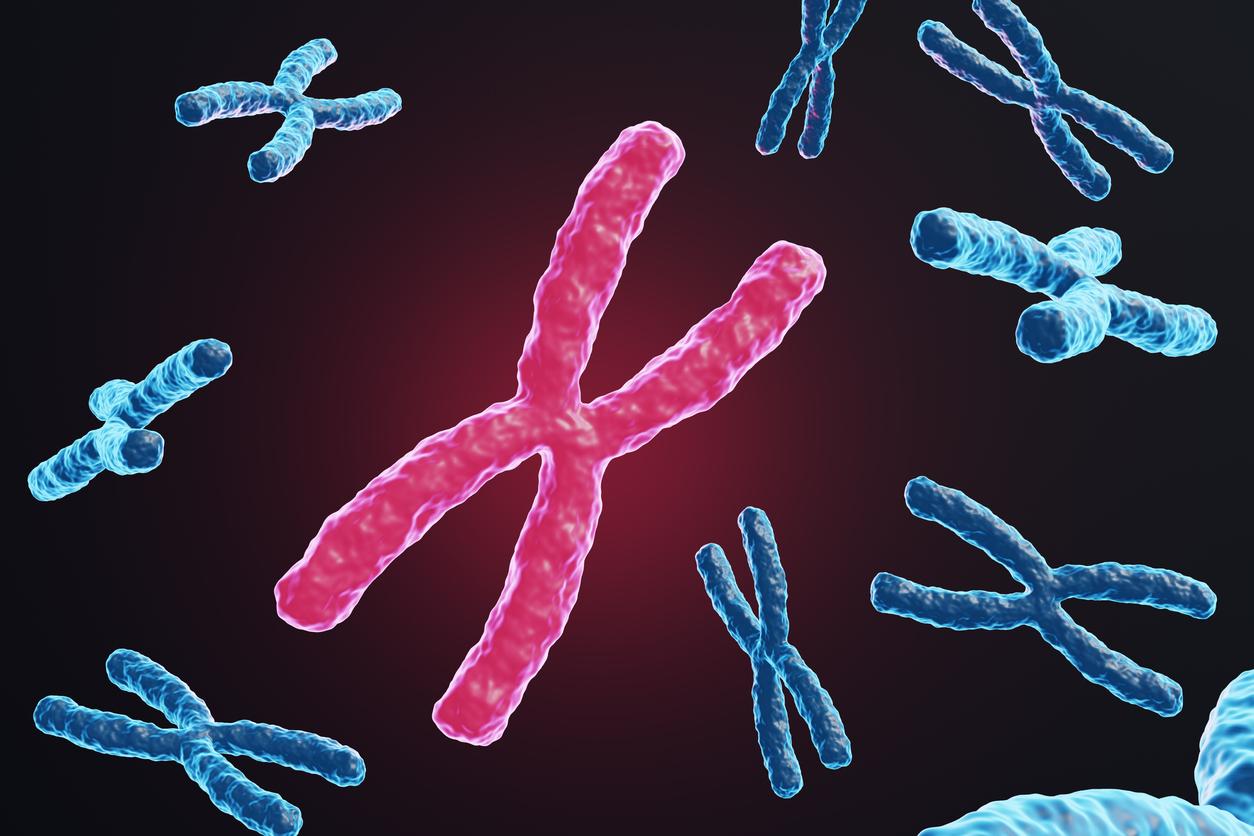A new study sheds light on the story of an amazing patient: After being shot in the head during Spain’s Civil War, he began to see the world upside down.

- A Spanish patient began to see, hear and touch the world upside down after a gunshot wound.
- The neurologist who followed him for years developed a theory of how the brain works.
- For him, the brain damage did not destroy specific functions of the brain, but affected the balance of several of them.
In May 1938, Patient M, a 25-year-old soldier in the Republican Army during the Spanish Civil War, was shot in the head during a battle. The young man survived and was followed for several decades by neurologist Justo Gonzalo Rodriguez-Leal. The peculiarity of this patient – in addition to living to an advanced age despite the significant brain injury – is that he perceived the world upside down.
A study, published in Neurology in April 2023, traces this incredible story
Strange patient: he sees and feels the world upside down
Hit in the head, patient M was evacuated to hospital in Valence. It presented two wounds corresponding to the openings of entry and exit. Despite the extent of the lesions, his condition did not require surgery, says his medical file. It even took him nearly two weeks to spot a problem: he had lost sight in his left eye. New examinations have brought to light a particularly strange disorder in the patient. People and objects appeared to him on the opposite side of where they actually were. And it wasn’t just limited to vision, the senses of hearing and touch were also involved.
He could read letters and numbers printed both normally and upside down, without his brain being able to see any difference between the two. Other “weird” symptoms were spotted: colors seemed to him to detach from things, objects appeared in triplicate or he suffered from color blindness.
In his notes, Dr. Justo Gonzalo Rodriguez-Leal noted that Patient M found “his strange anomalies, for example when he had seen men working upside down on scaffolding” but did not worry him. The case analysis – conducted by Isabel Gonzalo, physicist and daughter of the neurologist – adds that the injured person learned to manage “his daily life without difficulties, thanks to the unconscious development of motor facilitation strategies and mechanisms of selective attention to intense stimuli”.
Neurology: a new theory on the brain thanks to this unique case
His work with Patient M led Dr. Gonzalo Rodriguez-Leal in the 1930s/40s to develop a new theory of how the brain works. Neuropsychologist Alberto García Molina, who also worked on the doctor’s archives, told the newspaper El País that in the 1930s, “the brain was seen as little boxes. When you modified a box, supposedly, there was a concrete deficit”.
“For Dr. Gonzalo, modular theories could not explain the issues that emerged with patient M, so he began to create his theory of brain dynamics, breaking with the hegemonic view of how the brain works”he explained.
Studying Patient M as well as other people with brain injuries, Dr. Gonzalo argued that the effects of injuries depended on their size and position in the brain. For him, the lesions did not destroy specific brain functions, but affected the balance of several of them. If the work of Dr. Gonzalo has fallen into oblivion, similar hypotheses remain predominant today.
For authors Isabel Gonzalo and Alberto García Molina, the story of Patient M and Dr. Gonzalo reminds us that single case studies, dethroned by meta-analyses and large clinical trials, have made it possible to learn a lot about the functioning of the brain. and thus remain an alternative source of scientific evidence.

















